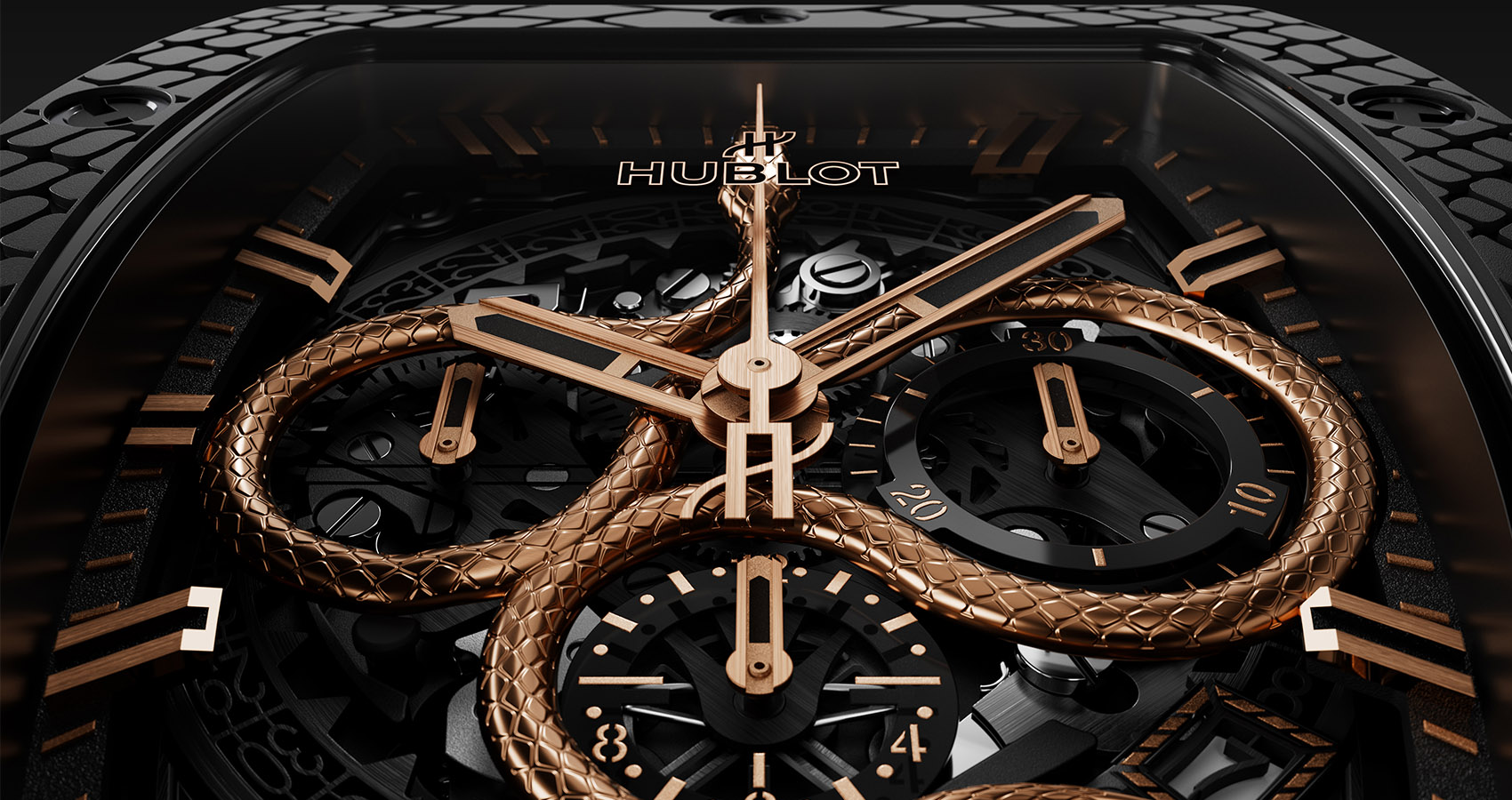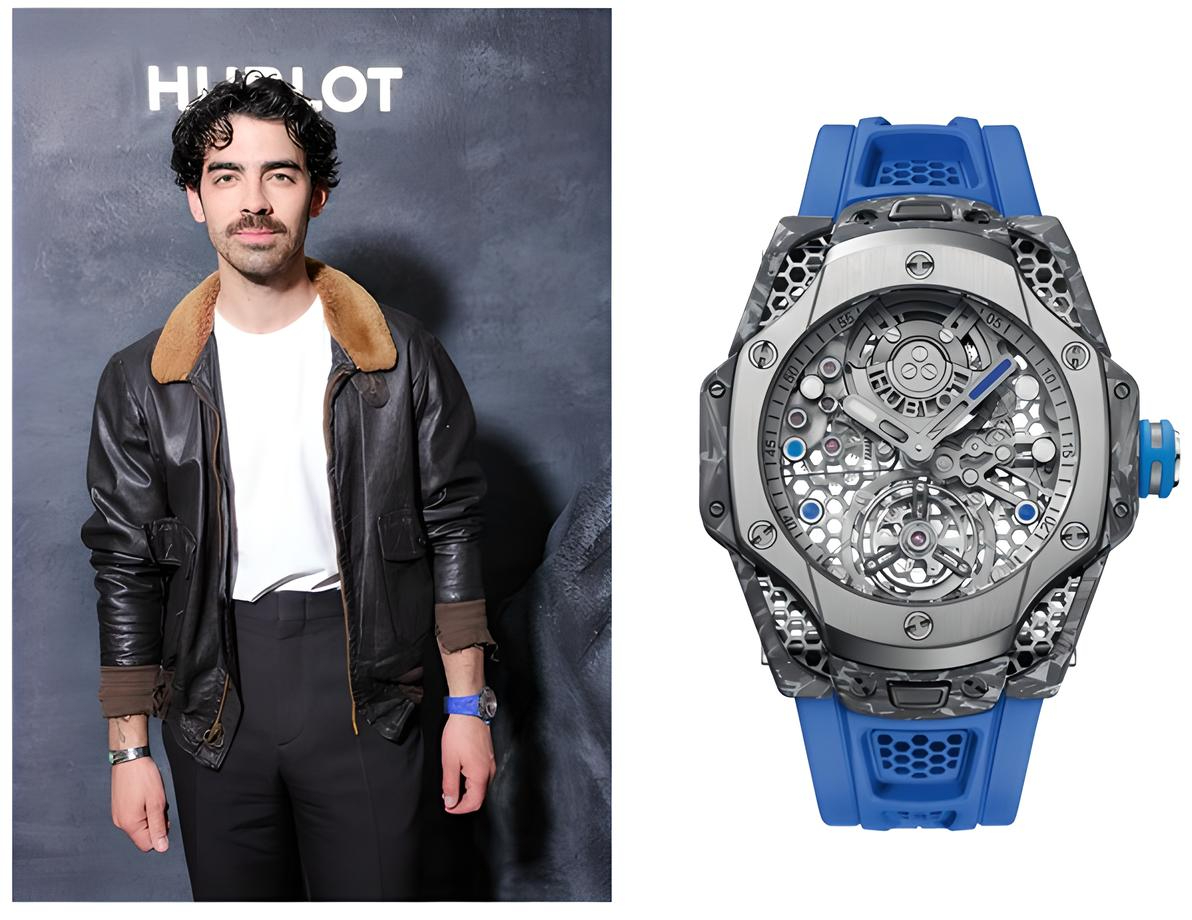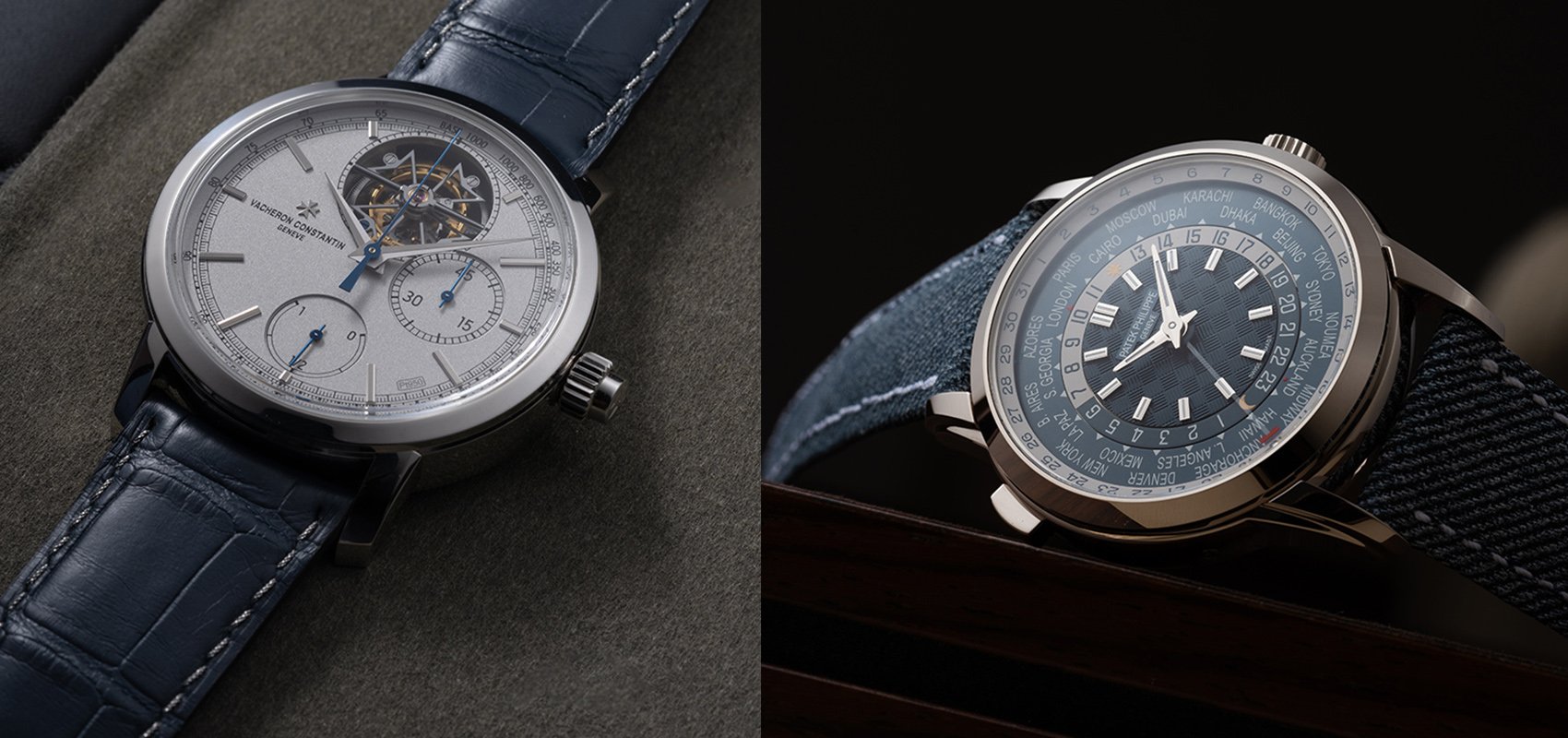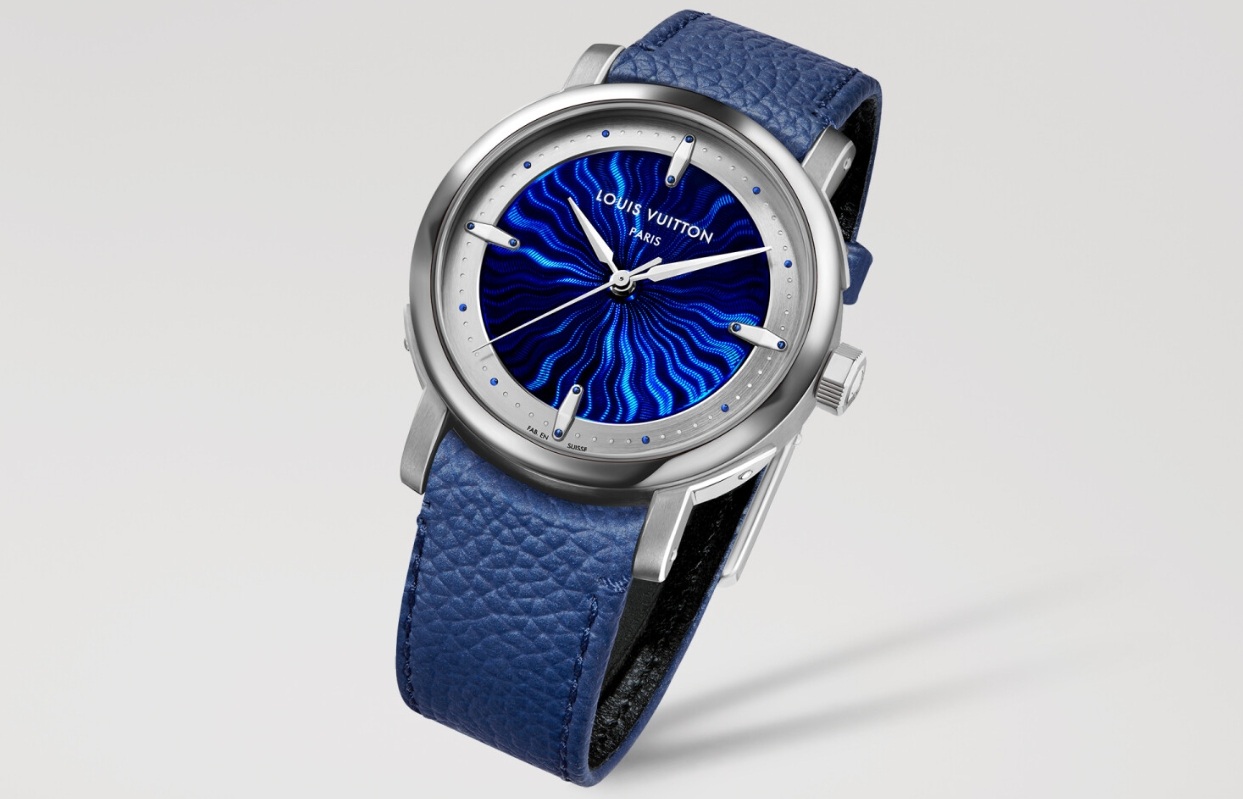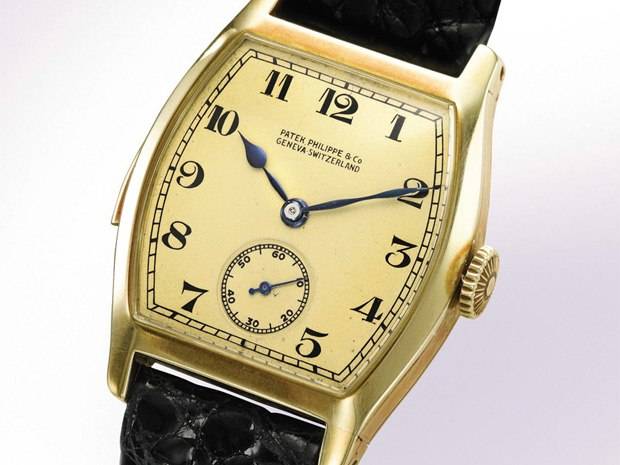
Auction Action – Top Lots Of The Past Year
F you’re impressed – and a little bewildered – by the 10% spike in Swiss watch exports for 2012, then the action on the secondary market should really impress you. It should also clear up any question of whether or not timepieces are a lasting investment. Sotheby’s tallied an astounding 83% increase in watch sales in North America last year, blasting its own record for the highest-ever price paid for a watch – for a Patek Philippe gold minute repeater, originally made for uber collector Henry Graves Jr., at $2,994,500. Another top Sotheby’s lot was a George Daniels Space Traveller’s Watch, fetching $2,125,737 and setting a double record: the highest price paid for an English watch and the highest price paid for an independent watchmaker brand at auction.
Over at Christie’s, it was another record-breaking year. A rare Breguet & Fils 18k gold chronometer pocket watch made in 1814 sold in Geneva last May for $4,686,120 – a world record price for a watch by Breguet. This was the very first experimental watch manufactured by Breguet, with two complete movements (barrels, gear trains, escapements and balances). A standout from Patek Philippe – a brand that is always among the top lots in any auction – was an 18k pink gold perpetual calendar chronograph, circa 1945, that fetched $674,500.
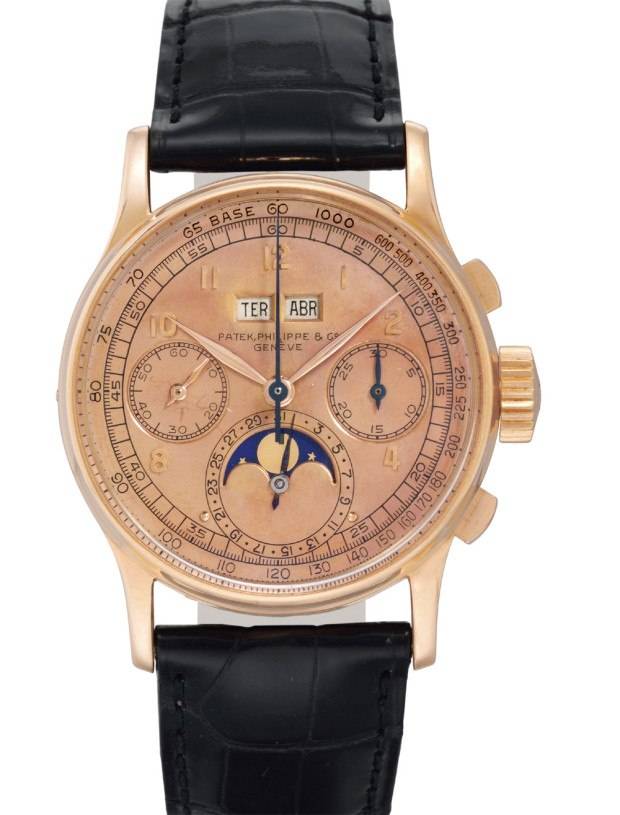
Antiquorum’s top results in recent months have come from two Richemont brands. A platinum JLC Reverso Gyrotourbillon 2, introduced in 2008, one of only 75 pieces made, sold for $260,000. And a Lange & Söhne Pour Le Mérite Tourbillon Limited Edition in white gold sold for $300,000, beating an estimate of $195,000.
So what makes a watch hot at auction? Four things, according to Nate Borgelt, watch expert at Antiquorum: maker, condition, rarity and complications. The notion that only vintage watches are valuable is a myth. “Of the top lots seen, two are relatively modern pieces which are either made in incredibly low numbers or unique as well as having multiple complications,” says Borgelt.

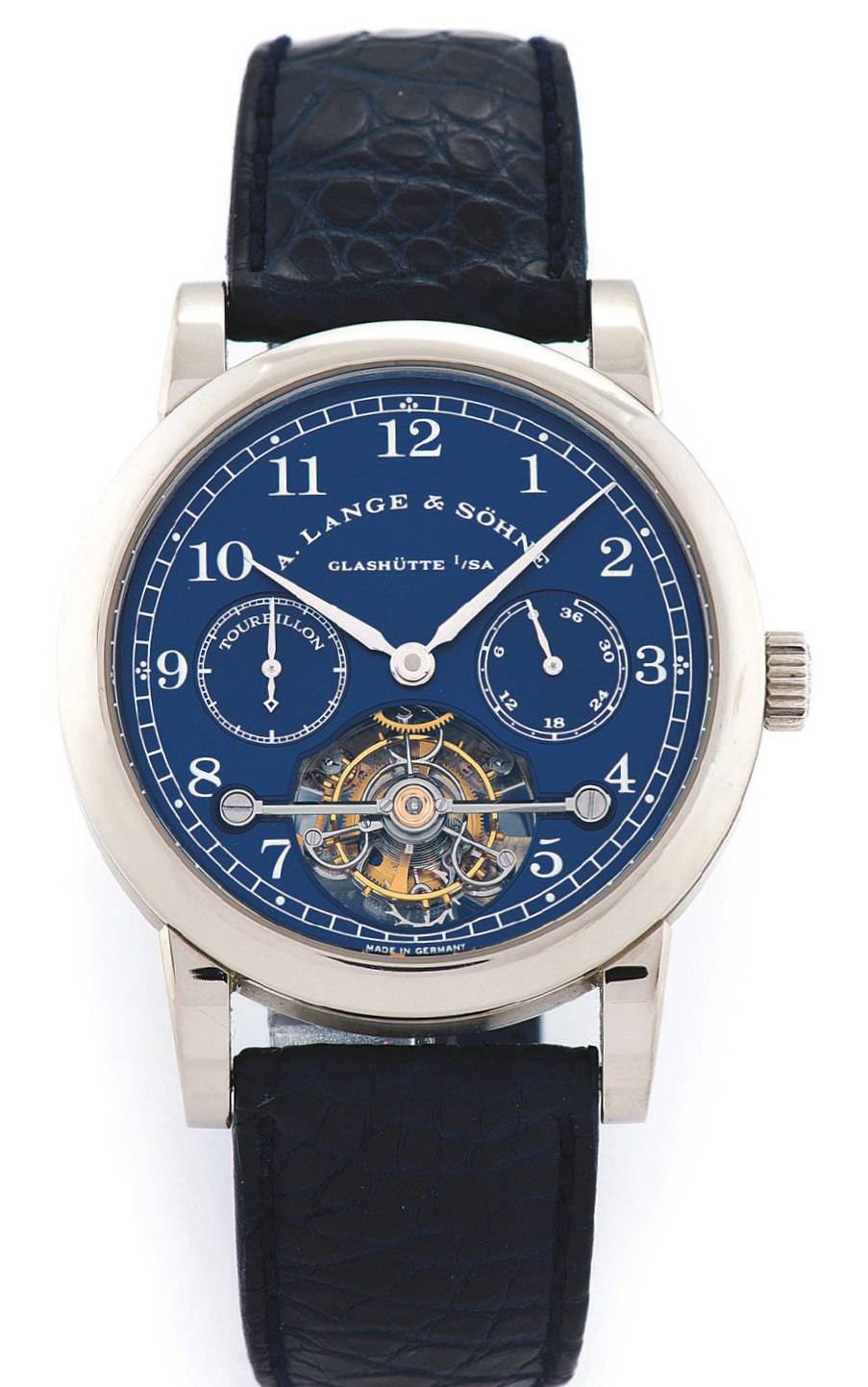
Prices for pocket watches sold at auction have soared in recent years, partly because they are becoming more rare and therefore increasingly valuable. The production of pocket watches was surpassed by the production of wristwatches sometime around the 1930s, and few brands are still making pocket watches. (Note to collectors: the few pocket watches that are being made today – some of them with super movements, like the Panerai Tourbillon GMT Ceramica – are the collector’s pieces of the future).
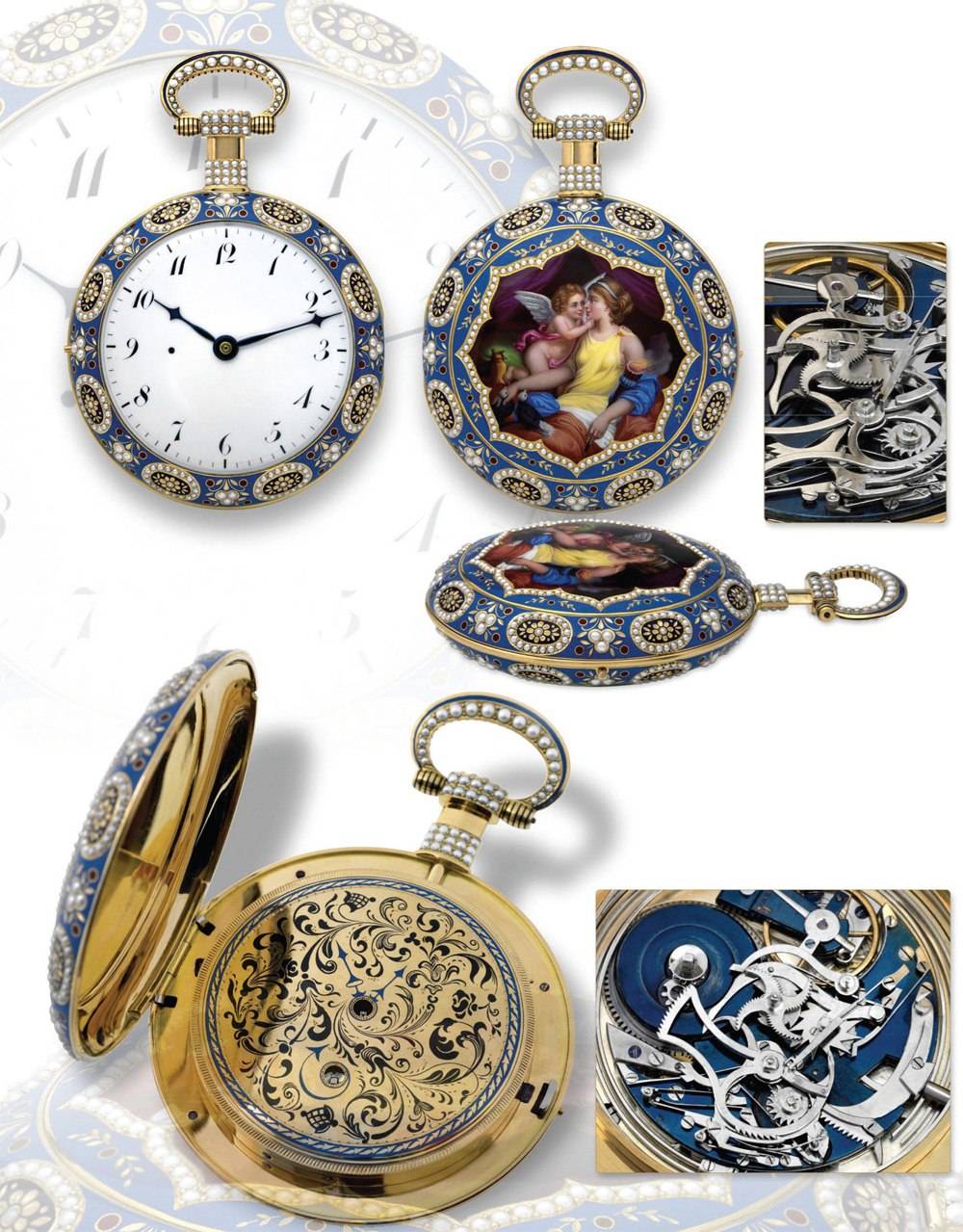
Also at play is a growing awareness among collectors of the elaborate decorative finish and often quirky movements in pocket watches. A larger watch means a larger canvas for both the watchmaker and engraver’s arts. In particular, enameled watches made for Asian and Middle Eastern markets have become prized by collectors. Those made specifically for the Chinese market in the 1800s are especially prized. The watch pictured above that sold at a recent Antiquorum auction for $768,000 is essentially the pinnacle of examples. It’s a three-hammer, three-gong minute repeater (with a movement attributed to Decombaz). The case is elaborately enameled, with a central miniature painting of a Venus & Cupid Allegory of Love and a border set with seed pearls.
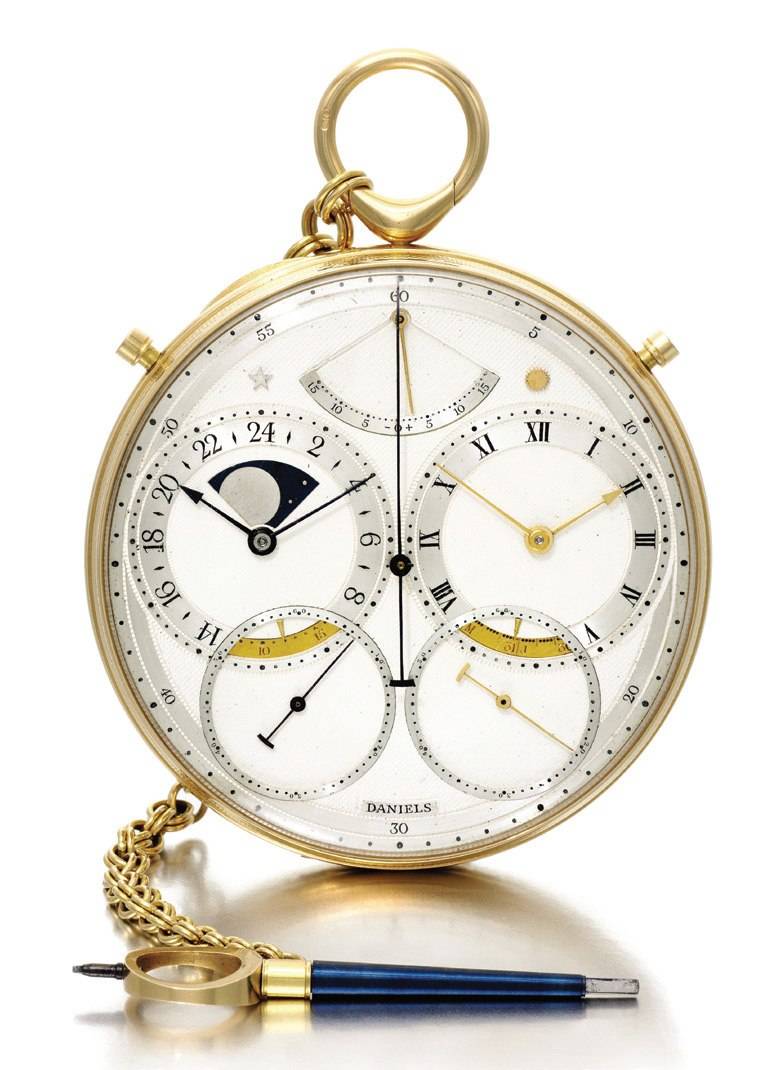
“The value comes from the quality of the enamel,” says Antiquorum watch expert Nate Borgelt. “The quality of the movement and the exceptional condition of this piece were also big factors. Not only is the artistic aspect amazing, but also the technical aspect of the movement.”
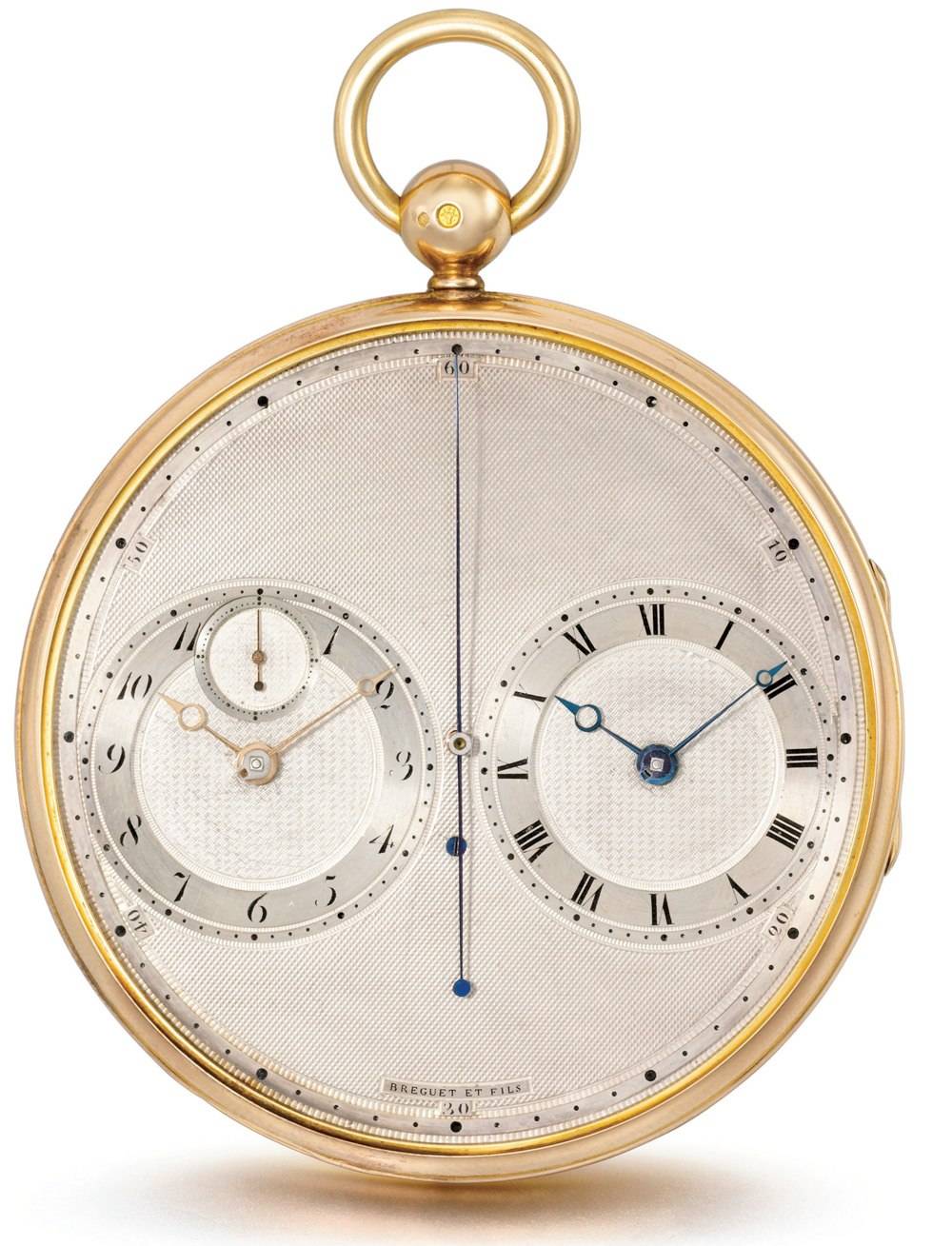
Borgelt says enamel pieces in general are doing very well, regardless of the age. For example, a Vacheron Constantin enamel in beautiful untouched condition, circa 1945, recently fetched more than triple its already high estimate, selling for $118,000.
Both these pieces are comparable to the elaborate renaissance in watchmaking’s metiers that is happening right now, which represents tomorrow’s top auction lots.
 SIGN UP
SIGN UP


